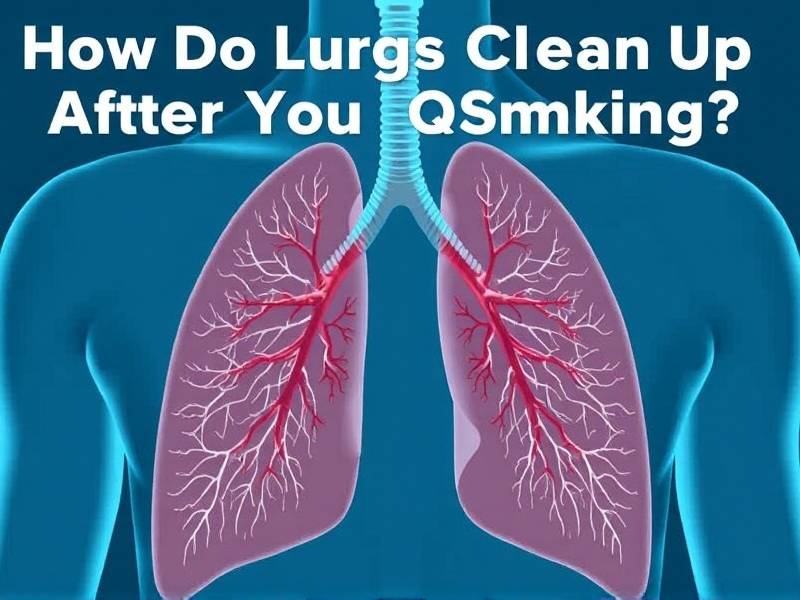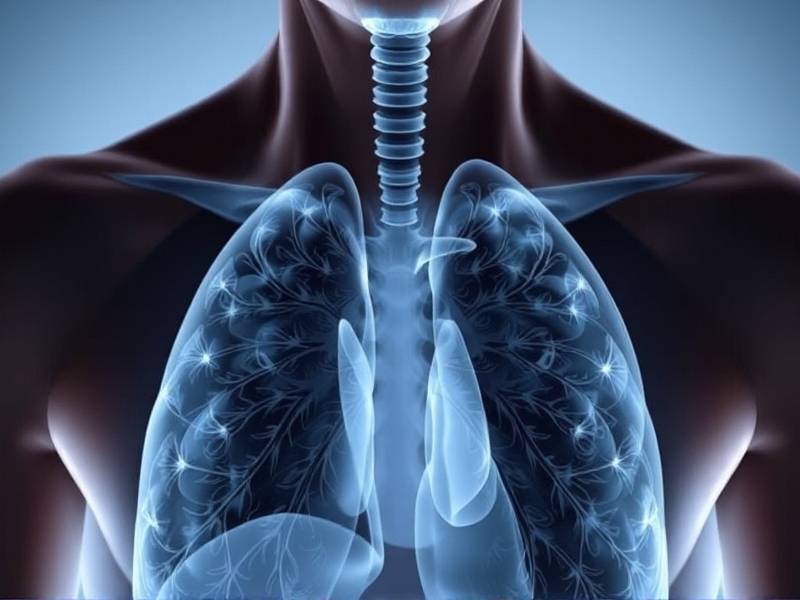How Do Lungs Clean Up After You Quit Smoking?
The Journey of Lung Healing: How Your Lungs Begin to Clean Up After Quitting Smoking
Introduction: Quitting smoking is a significant step towards a healthier life. Many smokers are eager to know how their bodies, particularly their lungs, start to heal once they quit. In this article, we will explore the process of lung cleanup after quitting smoking and shed light on the remarkable journey of healing that begins.
Section 1: Understanding the Impact of Smoking on Lungs Smoking introduces harmful chemicals into the lungs, causing inflammation and damage to the delicate tissues. Over time, these chemicals accumulate and lead to various respiratory problems. However, when you quit smoking, your lungs begin the process of cleaning up and regaining their health.

Section 2: Immediate Changes After Quitting Smoking In the first few days after quitting smoking, you may notice immediate changes in your lung function. The carbon monoxide levels in your blood start to decrease rapidly, allowing your body to use oxygen more efficiently. This can result in improved energy levels and reduced shortness of breath.
Section 3: The Gradual Cleanup Process As time progresses, your lungs undergo a gradual cleanup process. Here are some key steps involved:
Subsection 1: Elimination of Tar and Mucus Tar is a sticky substance produced by burning tobacco that coats the lung tissue. Quitting smoking allows your body to gradually eliminate this tar through coughing and mucus production. Over time, you may notice less phlegm production and clearer breathing.
Subsection 2: Improved Oxygen Supply The lining of your airways becomes inflamed due to smoking. Once you quit, this inflammation starts to reduce, allowing for better airflow and improved oxygen supply to your lungs.
Subsection 3: Enhanced Cilia Function Cilia are tiny hair-like structures that line the airways in your lungs. They help trap dust and mucus so it can be coughed up or swallowed. Smoking damages these cilia, but quitting allows them to regenerate over time. As a result, they become more effective at clearing out harmful substances from your lungs.

Section 4: Long-Term Benefits of Lung Healing Quitting smoking has long-term benefits for lung health:
Subsection 1: Reduced Risk of Chronic Respiratory Diseases Long-term smokers have an increased risk of chronic obstructive pulmonary disease (COPD), emphysema, and chronic bronchitis. Quitting reduces this risk significantly over time as your lungs continue to heal.
Subsection 2: Improved Lung Capacity Your lung capacity may decrease with long-term smoking due to damage caused by chemicals in tobacco smoke. However, quitting allows for increased lung capacity over time as inflammation decreases and healing occurs.
Conclusion: The journey of lung healing after quitting smoking is a remarkable process that unfolds over time. By understanding how your lungs begin to clean up after quitting smoking, you can stay motivated on your path towards better health. Remember that every puff counts – take that extra step towards a smoke-free life for healthier lungs!
